Headsets have come a long way from their humble beginnings. Initially designed for simple audio playback and communication, modern headsets are packed with sophisticated technology and advanced features. Today’s consumers demand more from their audio devices, driving significant advancements in design, functionality, and connectivity options. This article will explore the evolution of headset, highlighting key developments and the innovative technologies that have transformed the way we listen to music, engage in calls, and enjoy gaming.
The Early Beginnings: Basic Headsets
The Birth of Audio Communication
The story of headsets began in the late 19th century with the advent of telecommunication. Early devices combined a simple transmitter and a receiver, enabling users to communicate over distances. These rudimentary headsets often consisted of a carbon microphone and a receiver, which allowed for hands-free conversations. Initially, they were bulky and heavy, limiting their use primarily to military and telecommunications settings where effective communication was paramount. Although they provided basic sound quality, these early models laid the groundwork for future innovations, demonstrating the potential for audio technology how it could enhance long-distance communication.
The Adoption of Audio Technology
By the mid-20th century, advancements in radio technology led to more portable headset designs. These devices featured improved sound reproduction and comfort, making them suitable for general consumer use. During this time, headsets found application in various sectors, including aviation and broadcasting. The introduction of lightweight materials, like plastics and synthetic cushioning, significantly improved comfort and usability. Users could now enjoy longer listening sessions without discomfort, paving the way for headsets to appeal to a broader audience. As music became an increasingly popular form of entertainment, the demand for better headsets grew, setting the stage for the developments to come.
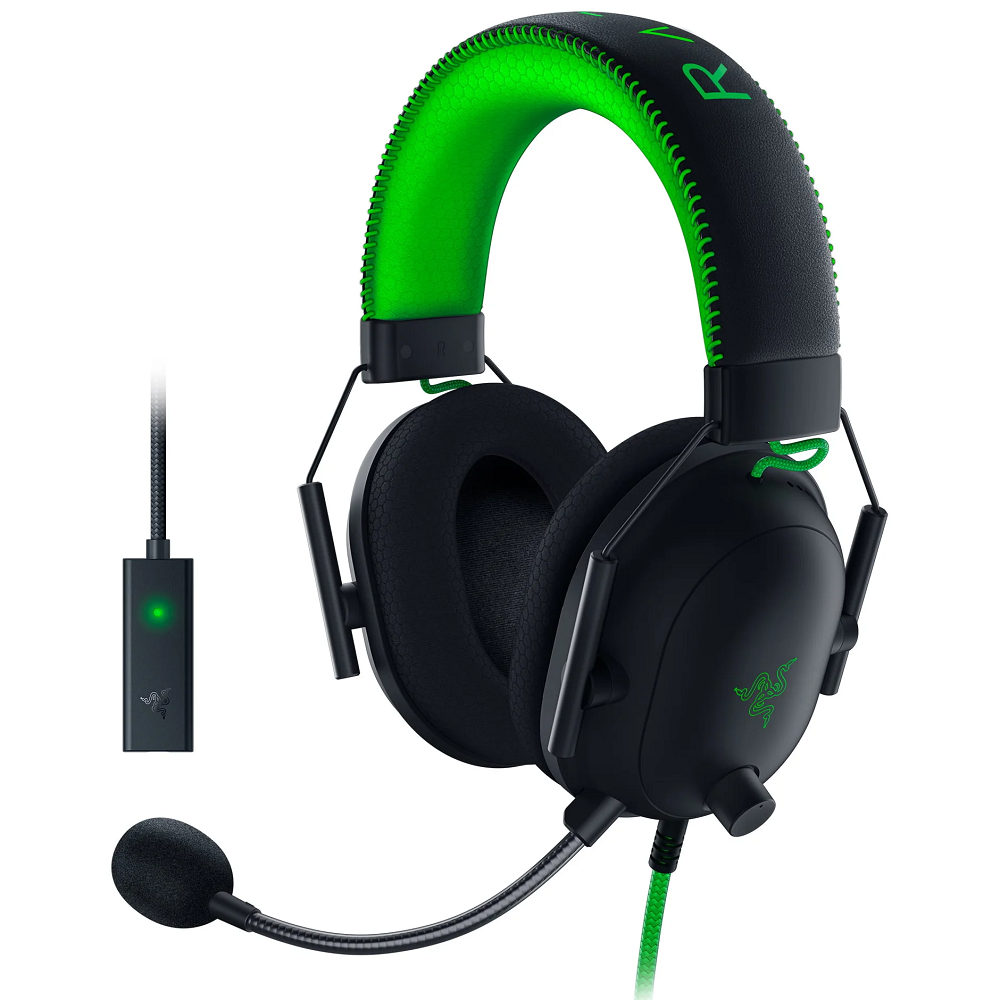
The Rise of Wired Headsets
Quality and Connectivity
The introduction of wired headsets in the late 20th century marked a significant turning point in audio technology. With the advent of stereo sound, manufacturers began creating headsets that could deliver richer audio experiences. The new models featured dual drivers, which allowed for better sound separation and improved bass response. Audio clarity and fidelity surged, making wired headsets a popular choice among music lovers, gamers, and professionals alike. Users could now immerse themselves in high-quality audio, whether while jamming to their favorite tracks or engaged in intense gaming sessions, leading to a shift in consumer expectations regarding audio performance.
Ease of Use and Accessibility
Wired headsets also became more accessible to the everyday consumer when the 3.5mm audio jack became standard on mobile devices. This universal compatibility meant that people could easily connect their headsets to various devices, from smartphones to laptops and portable music players. This convenience led to an explosion in popularity. Features like in-line microphone controls and volume sliders emerged, enhancing user experience and convenience. Wired headsets epitomized simplicity and reliability during this era. Users appreciated the straightforward connection and minimal maintenance, enabling them to focus entirely on what they were listening to without interruptions.
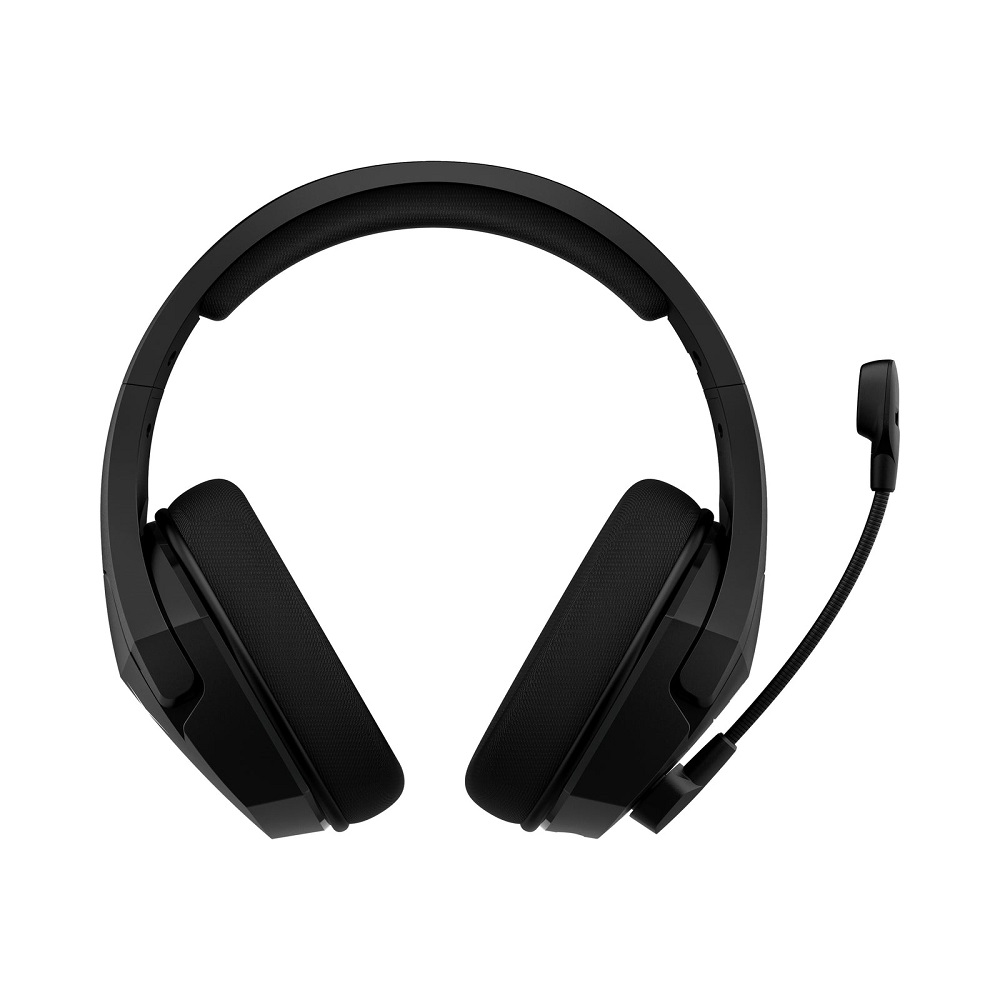
The Advent of Wireless Technology
Freedom from Wires
The late 2000s brought a revolution in the headset market with the introduction of wireless technology. Bluetooth connectivity allowed users to experience audio without the constraints of cables. The freedom to move around while listening or talking transformed everyday activities, including workouts, commuting to work, and remote work. For many, wireless headsets quickly became favored due to convenience. This liberation from wires made them particularly attractive for people leading active lifestyles, as the hassle of dealing with tangled cords was eliminated.
Improved Sound Quality and Features
Initially, wireless headsets suffered from latency issues and less-than-stellar audio quality, but this landscape changed quickly as technology advanced. Newer Bluetooth codecs like aptX and AAC provided better sound quality and effectively reduced lag, ensuring that audio remained in sync during video calls or online gaming. Manufacturers embraced this technology and began incorporating features such as noise-canceling microphones and dual-speaker drivers into their designs. This progress made wireless headsets often indistinguishable in quality from their wired counterparts. The convenience of wireless connectivity combined with improved sound quality and features meant many users did not have to sacrifice performance for mobility.
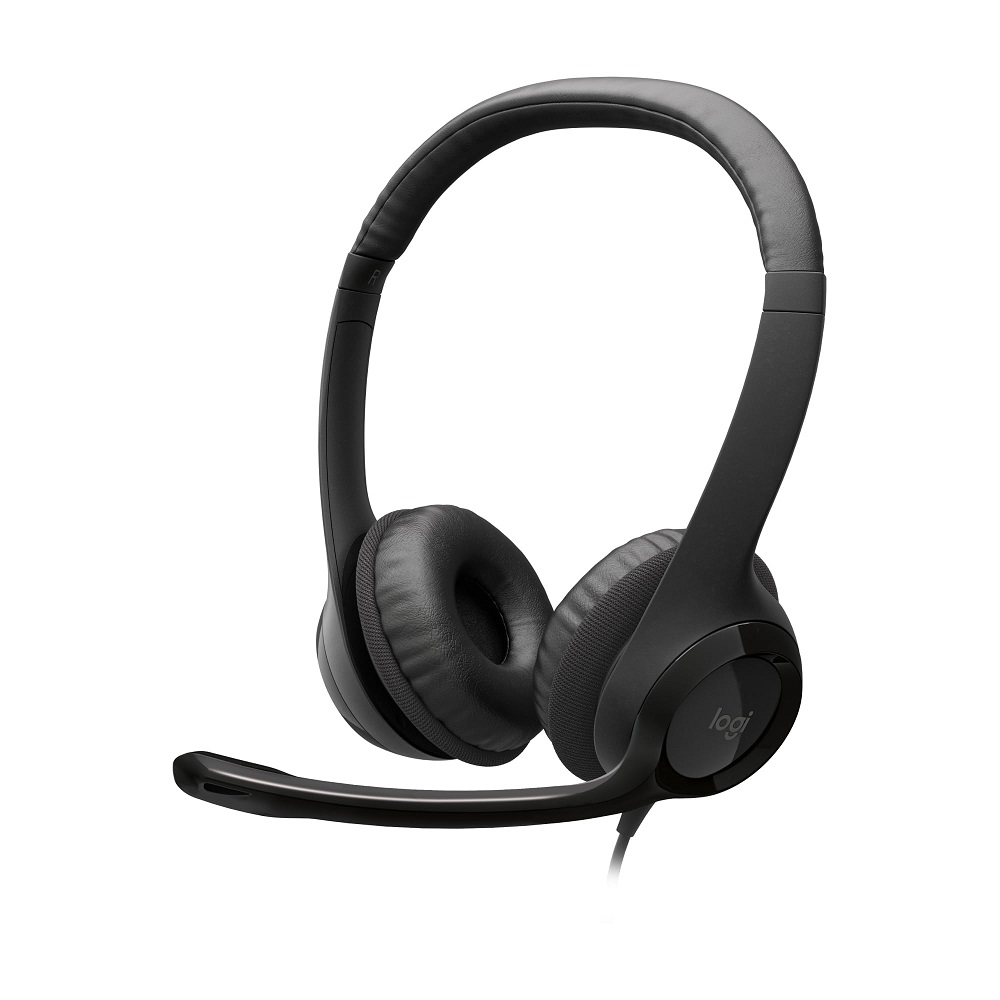
The Smart Headset Revolution
Introduction of Smart Features
As smart technology began permeating everyday life, headsets entered a new era. Manufacturers started integrating advanced features like touch controls and voice assistants into their designs, transforming the role of headsets from solely audio devices to multifunctional tools. Voice assistants, including Siri, Google Assistant, and Alexa, became commonplace, allowing users to perform tasks hands-free. This shift transformed how people interact with technology, enabling them to control music playback, get directions, and manage tasks without reaching for their smartphones. The integration of apps also allowed users to customize settings easily, further enhancing the experience.
Health and Fitness Integration
The smart headset revolution didn’t stop at convenience. Manufacturers began integrating fitness and health-tracking features into their designs, catering to the growing fitness market. Headsets like those designed specifically for athletes started to include features that monitor heart rate, calories burned, and exercise duration. Users could now track their workouts and receive audio feedback during their activities, turning a simple workout session into a more interactive and data-driven experience. This shift also spurred interest in developing headsets that cater to specific niches, such as casual users, audiophiles, and fitness enthusiasts, thereby broadening the market for headset technology.
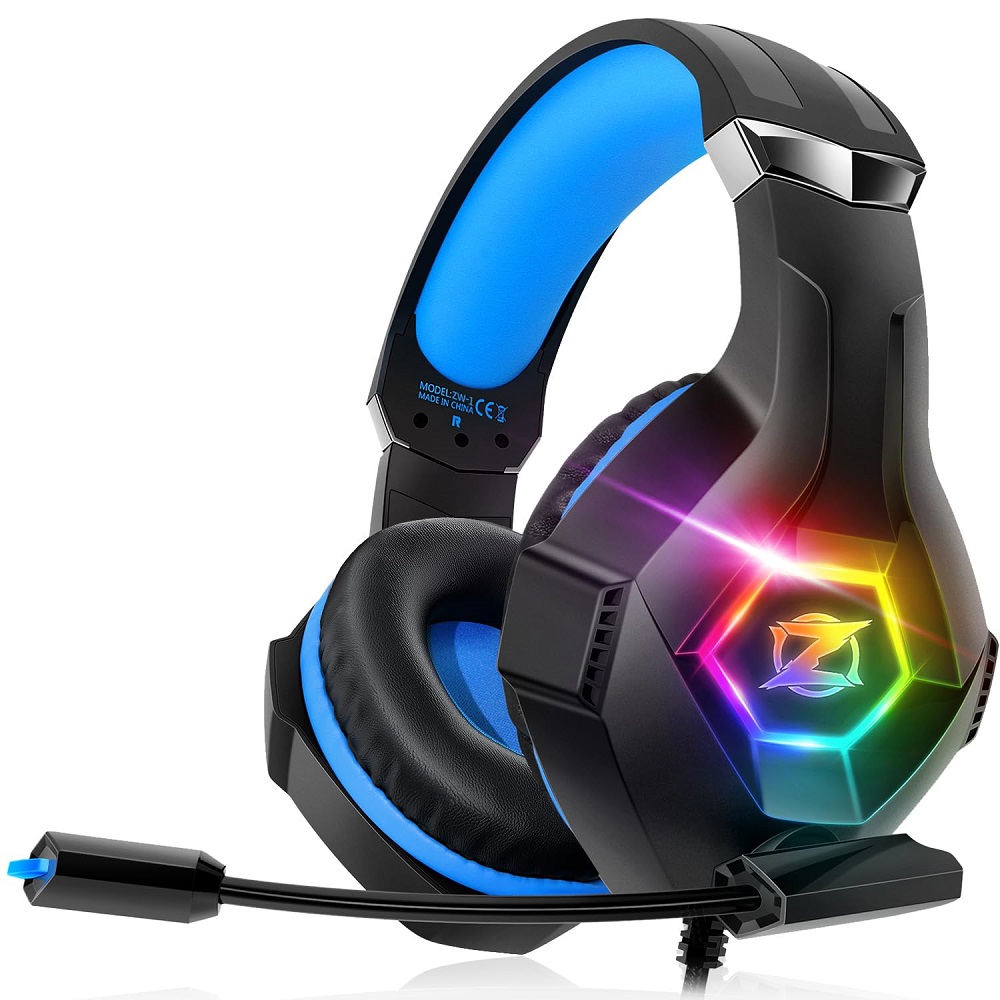
The Impact of Virtual and Augmented Reality
Bridging the Experience Gap
As virtual reality (VR) and augmented reality (AR) technologies gained traction, headsets evolved to accommodate these immersive experiences. VR headsets required advanced audio systems to provide a realistic aural environment that augmented the visual elements. Manufacturers began developing specialized audio solutions designed to deliver spatial sound, allowing users to perceive sound in three dimensions. This technology significantly enhanced the overall experience, making virtual environments feel more immersive and engaging. Gamers and entertainment enthusiasts could fully immerse themselves in digital worlds, transforming their interactions with media.
Expansion into New Markets
The demand for immersive experiences drove headset manufacturers to explore markets beyond entertainment. Educational institutions started incorporating VR headsets into their curriculum to offer students engaging and interactive learning environments. This technology allows for realistic simulations, from virtual field trips to historical recreations, making education more dynamic and effective. In healthcare, medical professionals utilized advanced headsets for training simulations, enabling them to practice procedures safely. As the versatility of headsets expanded, it created opportunities for innovation across various fields, showcasing the transformative power of audio and visual technology.
The Future of Headset Technology
AI and Machine Learning Integration
As technology continues to advance, the future of headsets looks promising. The integration of artificial intelligence (AI) and machine learning could lead to personalization features that adapt to users’ habits and preferences over time. For example, smart headsets might learn individual listening patterns and adjust audio settings accordingly. This could range from equalizing settings that suit particular music genres to automatically enhancing vocal clarity during calls. AI can create a highly personalized listening experience that meets individual preferences, revolutionizing how we interact with audio devices.
Sustainability and Eco-Friendliness
Another exciting trend is the potential for eco-friendly designs in headset manufacturing. Brands are increasingly prioritizing sustainability by using recycled materials, energy-efficient production processes, and offering take-back programs for old devices. This shift not only appeals to environmentally conscious consumers but also reflects a broader commitment to reducing the ecological footprint of technology. As more consumers become aware of the environmental impact of their purchases, the demand for sustainable products is expected to shape the headset market significantly in the coming years.
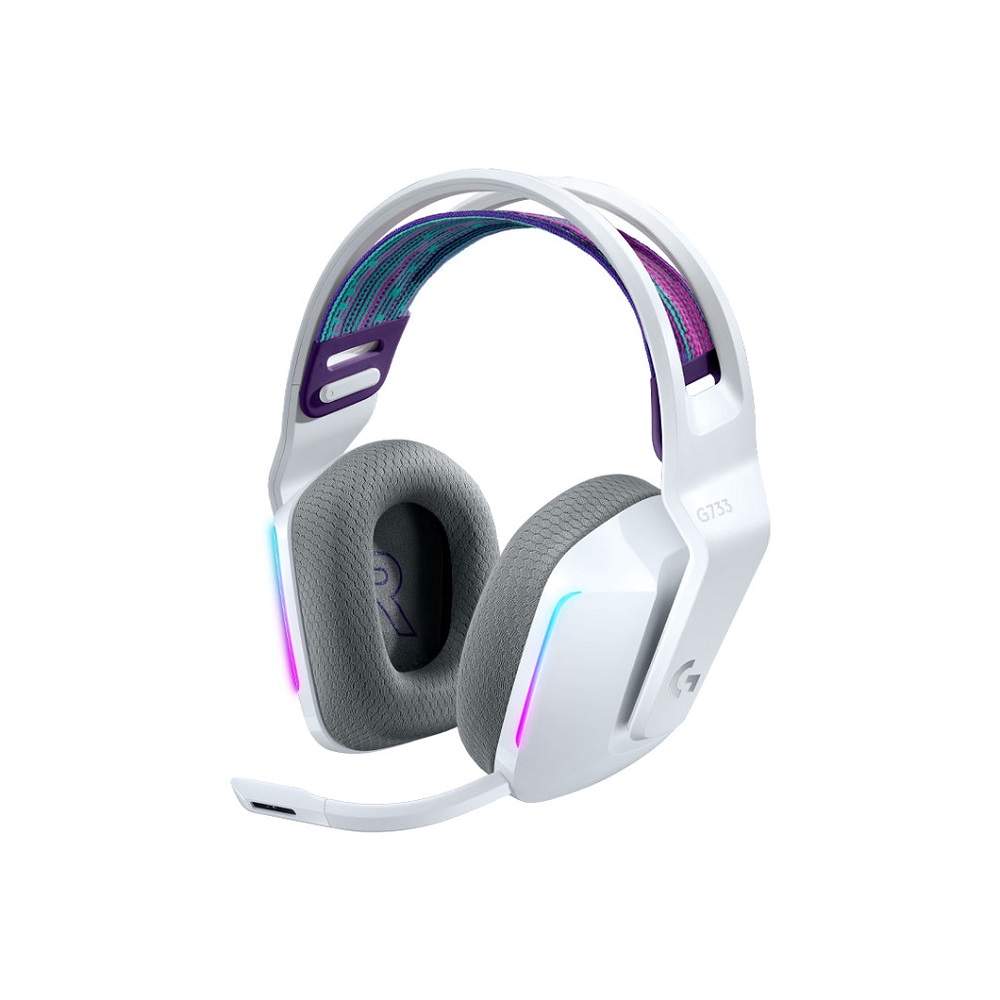
Choosing the Right Headset for Your Needs
Evaluating Individual Requirements
With the wide array of headsets available today, it’s essential to evaluate your specific needs before making a purchase. Take some time to consider how often you will use the headset, what activities you’ll engage in, and your preferred audio quality. For example, if you will use the headset primarily for attending video calls and conferences, you may prioritize features like a noise-canceling microphone and comfortable fit. Conversely, if you’re heavily into music production or gaming, sound quality and latency will be critical components to keep in mind.
Testing and Researching Options
Before ultimately deciding on a headset, take the time to test different models and read reviews. Many electronics retailers offer demonstration units, allowing you to assess the comfort and audio quality of various headsets in real time. This hands-on experience can provide you with valuable insights that online specifications may not fully convey. Additionally, online consumer reviews and expert opinions provide insights into the reliability, comfort, and overall performance of different brands and models. By doing thorough research, you can ensure that you invest in a headset that meets your specific requirements and enhances your audio experience.
A Bright Future for Headset Technology
The evolution of headset spans over a century, transforming from basic audio devices to advanced smart technologies packed with features. Modern headsets provide users with superior audio quality, convenience, and multiple functionalities, becoming indispensable tools for communication, entertainment, and fitness. Looking ahead, the potential for continued innovation and enhancement in headset technology appears exceedingly bright.
From improving audio quality and integrating AI to catering to sustainability preferences, the future of headset technology holds exciting possibilities. Regardless of your specific needs or preferences, there’s likely a headset that can elevate your experience. Take the time to explore various options, and invest in a model that brings immense value to how you interact with the world. The right headset will not only optimize your listening experience but also enrich your day-to-day activities in this increasingly digital and connected age.
